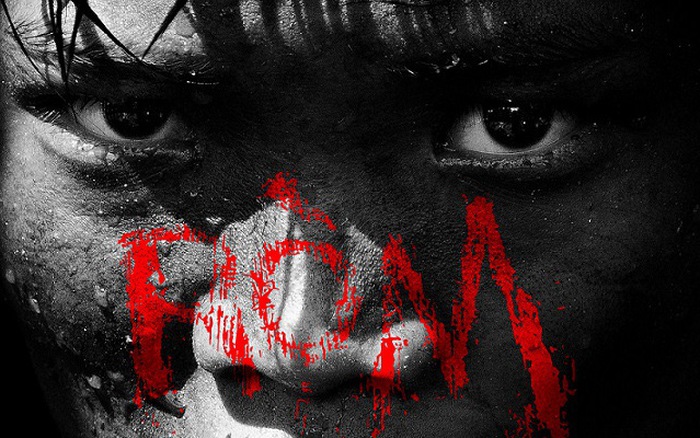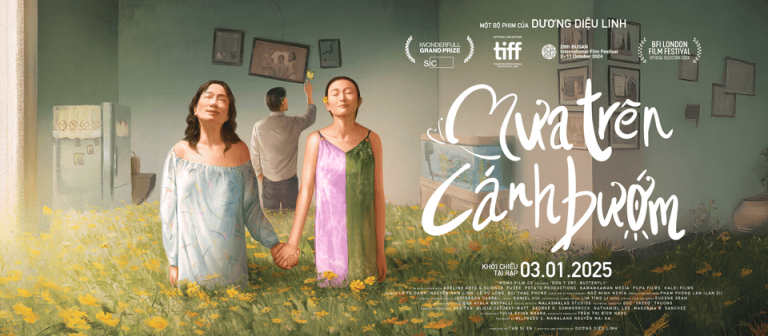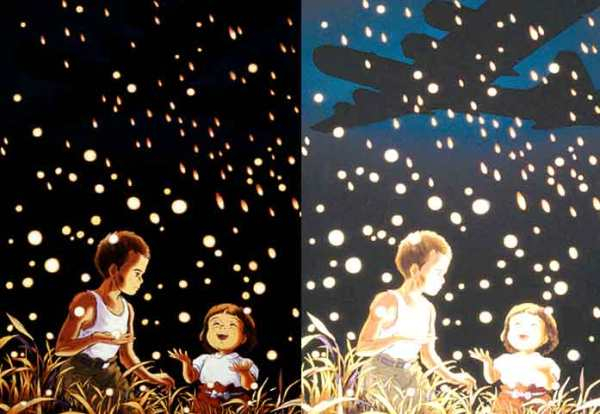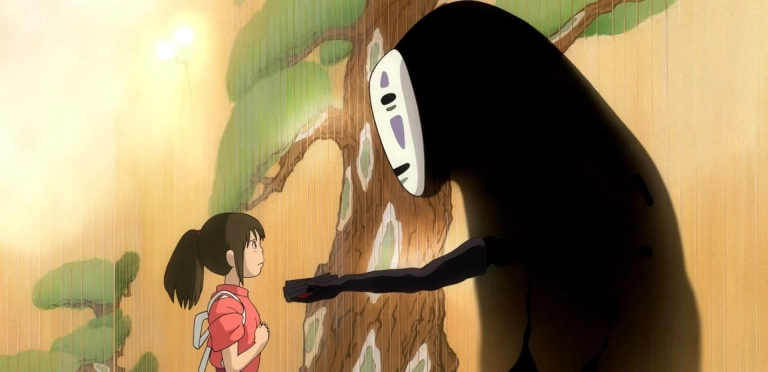In recent years, Vietnamese cinema has seen a growing number of good and even great films, and Ròm stands out as a notable title from 2019-2020. Its victory in the New Currents category at the Busan International Film Festival, coupled with the controversies surrounding fines and cuts imposed by the Ministry of Culture, thrust the movie into the spotlight. From director Trần Thanh Huy’s earlier short film and the trailer for Ròm’s theatrical version, the artistic essence was already apparent. While packed with high-intensity action sequences, Ròm is undeniably an art film at its core. Audiences should approach it with an appreciation for artistry rather than mere entertainment.
A Delayed Release Amid Covid-19
The much-anticipated theatrical release of Ròm was postponed due to Covid-19, adding to its buzz.
The storyline of Ròm is fairly straightforward. It revolves around a boy named Ròm, who scratches out a living recording lottery numbers, locked in constant rivalry with another kid, Phúc. The two compete fiercely, trading blows and chasing each other, each driven by their own reasons to “run.” From the opening scenes, they dash off to log lottery bets; throughout the film, they’re either pursuing or being pursued. This relentless running carries them to the very end—and perhaps even after the credits roll and viewers leave the theater, Ròm and Phúc are still out there, running. For them, life itself is a race.
Overall, Ròm is an exceptionally well-made film—good, even great in parts—but it stops short of being truly outstanding. Its strength lies entirely in its technical achievements.
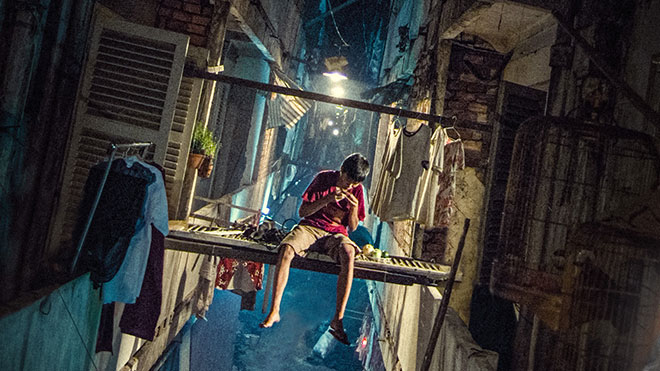
Technical Brilliance: Cinematography Takes the Lead
The film’s standout feature is its visuals. The camera work is masterful—tilted angles that stay still one moment and glide along with the characters’ frantic running the next. Wide shots paint the gritty expanse of Saigon’s streets, while close-ups plunge you into the characters’ raw emotions.
A Visually Stunning Palette
Ròm marks a milestone as the first Vietnamese feature film to tackle the underworld of lottery gambling. Its color grading is breathtaking—warm and inviting in some scenes, cold and unforgiving in others. Nighttime sequences are especially striking, with distant lights from towering buildings, the sky, or passing planes casting a faint glow over Ròm’s bleak existence. There’s a subtle nod to cyberpunk aesthetics here—a cinematic style that juxtaposes impoverished communities against the glitz of a thriving metropolis, often set in a futuristic world.
Impeccable Set Design
The cinematography wouldn’t shine without the film’s remarkable settings. The chaotic, impoverished neighborhood, shrouded in the specter of gambling, comes alive with cramped, cluttered spaces stacked atop one another. Objects spill over in disarray, mirroring the dead-end struggles of those who live there. Every location in Ròm is visually arresting—from constructed sets like the ramshackle tenement where Ròm resides to real-world spots like Bến Thành Market and Saigon’s bustling streets. On screen, they blend into an aesthetic that feels quintessentially Vietnamese. For locals, it’s both familiar and beautiful; for foreigners, it’s a chaotic yet captivating glimpse of Vietnam—a beauty born from the very disorder itself.

Acting That Steals the Show
The second triumph of Ròm is its performances. Trần Anh Khoa (Ròm) and Phan Anh Tú (Phúc) deliver nothing short of brilliance. Ròm’s eyes, his fleeting smiles, his anguish, pain, and pitiable state—all are conveyed with visceral emotion. It’s as if Ròm isn’t just a role for Trần Anh Khoa but a piece of his own life, grown alongside him over the years.
Even the supporting cast shines. Wowy as the gangster boss, Mrs. Ba, and an older man (whose name escapes me) all hold their own. Unlike many Vietnamese films where secondary characters can feel overacted or stiff, these performances stay grounded and natural.
A Director’s Mastery
The stellar acting and visuals owe much to director Trần Thanh Huy. I was particularly struck by the chase scenes—Ròm and Phúc tearing through Chợ Lớn, brawling on Saigon’s streets, or the tenement under siege by thugs. Managing actors is never easy, and controlling chaos in tight spaces—like the gangster raid on the tenement—or orchestrating pursuits amid real traffic is a feat. I couldn’t help but feel anxious watching the characters hurl themselves into busy streets. Beyond choreographing action or coaxing emotion, Trần Thanh Huy’s ability to tame disorderly scenes alone earns him a tip of the hat.
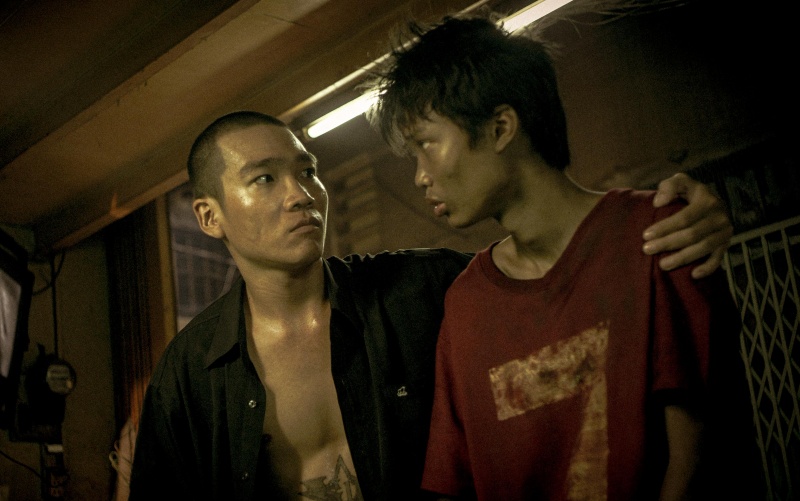
Where the Story Falls Short
Still, I couldn’t shake the feeling that Ròm’s narrative lacks something. The plot’s simplicity isn’t the issue—there are still deeply moving moments, like when Ròm has a bucket of water snatched and splashed on him during the tenement fire. It doesn’t quite bring tears, but that’s not the problem either. For me, the weakness lies in the supporting characters. They feel disconnected, their roles in the story unclear. Mrs. Ba’s suicide, for instance, left an impression, but its ripple effect is fleeting and barely touches Ròm or Phúc’s psyche. Events unfold and fade without meaningfully shaping the characters’ inner worlds. Even a major incident like the tenement being torched by gangsters seems to leave no lasting mark on Ròm. By the end, he’s virtually the same as he was at the start—no growth, no shift. In storytelling, character development is key; it lets viewers see how the journey impacts the protagonist and reveals the film’s deeper meaning. Ròm runs from beginning to end, but in terms of personality, emotion, or motivation, he remains static—essentially “standing still.”
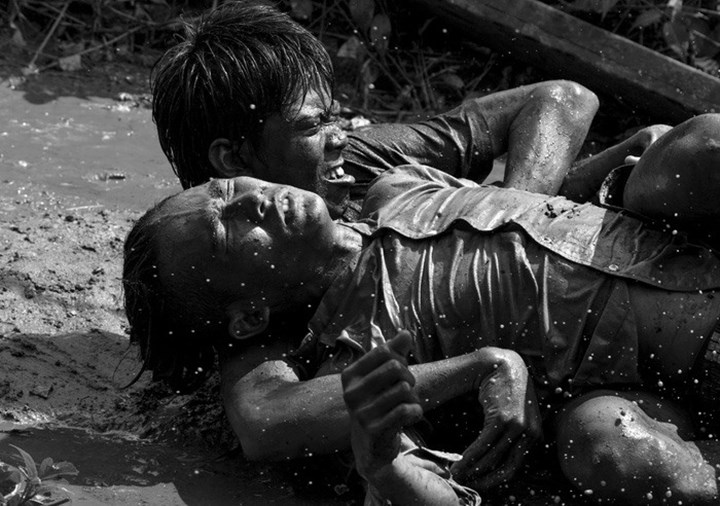
A Climax That Doesn’t Quite Peak
The ending left me a bit unsatisfied too. It’s as if the film runs full tilt from start to finish (metaphorically speaking) without a true climax. Whether it’s the gangster attack or another Ròm-Phúc chase, the high point never feels high enough. A film’s climax should be its heartbeat—dramatic, emotional, revelatory, or a moment of triumph over peril. In Ròm, events roll by, and the characters keep running; even the peak feels like just another wave in a steady stream. The artistic choice to end mid-chase, with Ròm and Phúc still in motion, is one I admire. But the mid-credits scenes undercut that intent, diluting the open-ended artistry. I wish the climax had more bite—something to shake the characters and linger—followed by a quieter, less intense chase as a falling action to gently close the story.
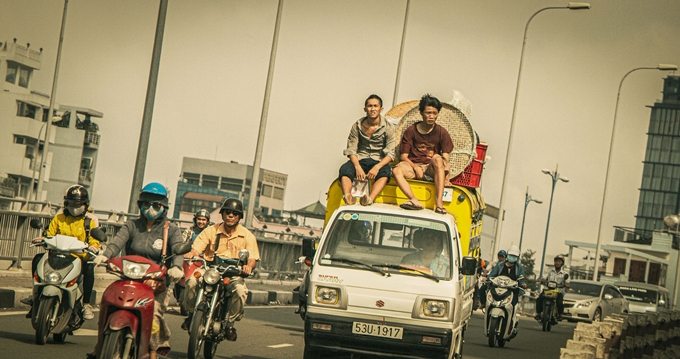
Echoes of Gritty Social Tales
Ròm’s focus on poverty and societal fringes recalls films like City of God, Slumdog Millionaire, and Shoplifters—tough, thorny topics. I only wish it had pushed its characters and conflicts further, sharpening the drama. It could’ve been so much edgier.
For me, Ròm boasts the most artistic visuals of any Vietnamese film I’ve seen, outshining favorites like Song Lang, The Scent of Burning Grass, Cyclo, and The Scent of Green Papaya. Technically, it rivals any art film at Cannes, Venice, or the Oscars. But its story doesn’t reach those heights.
Final Thoughts
All in all, Ròm is a very good film—enjoyable, even impressive—but not exceptional due to its narrative shortcomings. Story-wise, it doesn’t match the depth of recent Vietnamese art films like Song Lang, Big Father, Small Father and Other Stories, or The Third Wife. Yet taken as a whole, Ròm deserves a spot among Vietnam’s best recent films, and I’d argue it’s the standout of the year.
Rating: 8.0/10

